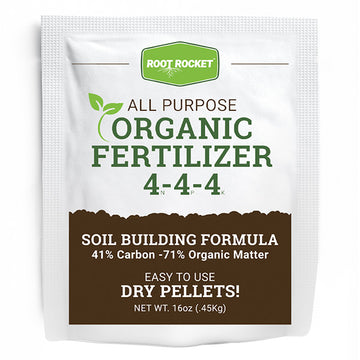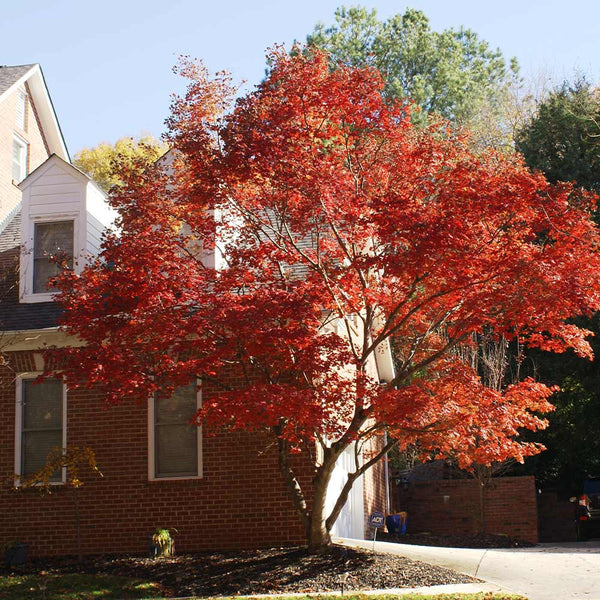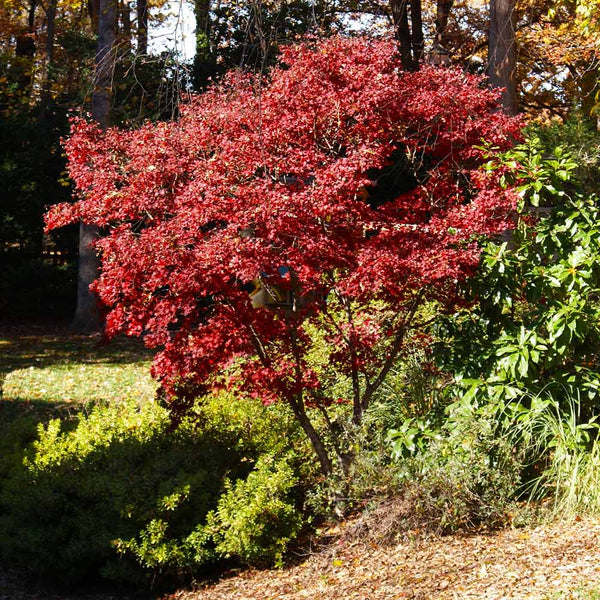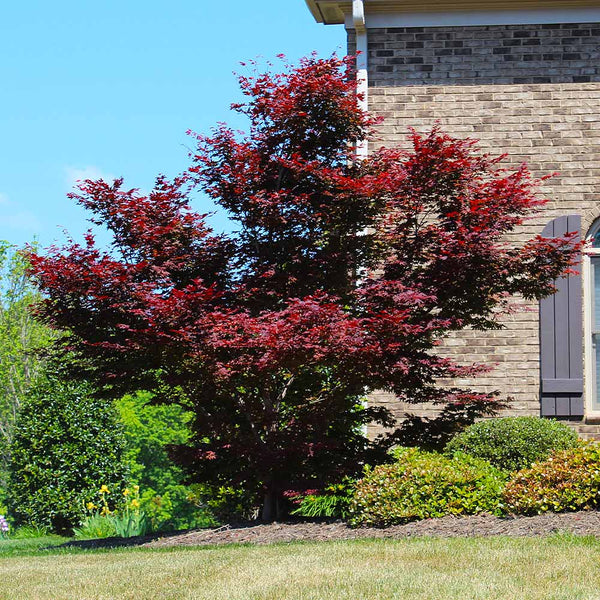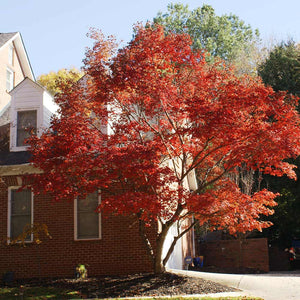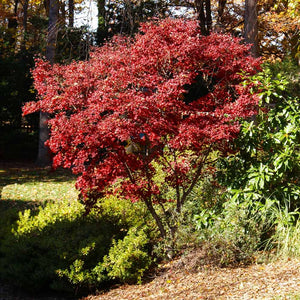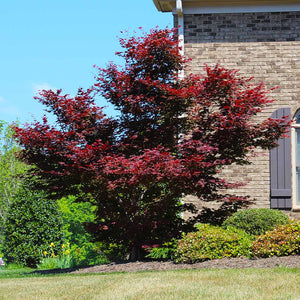Red Japanese Maple Tree
Product Details
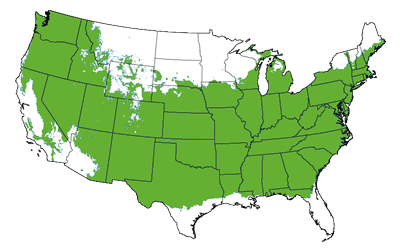 Growing Zones 5-8
Growing Zones 5-8
| Soil Type | Adaptable |
| Sunlight | Full, Partial |
| Drought Tolerance | Good |
| Mature Height | 15-20 Feet |
| Mature Width | 10-15 Feet |
| Growth Rate | Moderate |
| Fall Color | Red |
| Shipping Restriction | AZ |
If you’re looking for a vibrantly-colored ornamental tree for your yard, it’s hard to beat the Red Japanese Maple Tree. The tree shows off its namesake color for three seasons, moving from bright red in spring into crimson in summer and brick-red in fall.
The leaves themselves are also dramatic with their deeply-lobed spikes. While the Red Japanese Maple Tree’s foliage is stunning, it also adds diversity to your winter landscaping with its blackish and red bark.
The tree can also fill many purposes in your yard, depending on how much space you have to fill. Prune it to keep it small or let it grow and reach its mature height of 15 to 20 feet. Some gardeners use the tree as an accent or part of a bonsai design, while others plant several as a border. The tree’s non-disruptive roots even make it a smart choice for borders or walkways.
Wherever it fits into your landscaping, this tree will add an ornamental, sophisticated appeal. For all of its refinement, the Red Japanese Maple Tree isn’t fussy in the slightest. Young trees need protection from winds and frosts, but mature ones need little care. These adaptable and hardy trees grow well on their own and don’t even need to be pruned.
The Red Japanese Maple Tree adds a pop of color to otherwise green lawns. Add diversity to your landscaping today!
Where should I plant a Red Japanese Maple?
These highly adaptable trees will thrive nearly anywhere with full or partial sun. If planting more than one, place trees at least 25 feet to allow enough room for growth.
When does this tree display color?
The leaves of the Red Japanese Maple display gorgeous red hues from early spring through the fall. Even during the heat of summer, the foliage exhibits unique shades of color.
Planting
Japanese maples should be planted where they are protected from harsh sun. When planting, dig a hole that’s two to three times larger than the root system and just as deep.
Mix the soil with an organic compost before back-filling the hole. Finally, water the newly-planted tree and add mulch to preserve moisture.
Watering
Your Japanese Maple prefers consistent moisture. Typically, the tree will receive sufficient water from the elements, but in hot summer months, water your tree in the morning or evening to prevent “scorched” leaves - a condition that occurs if you water in mid-day.
Fertilizing
Apply a balanced fertilizer for shrubs and trees once a year in early spring before leaves appear.
Maintenance
For the first two to three years of your tree’s life, you’ll need to prune it so it becomes established. After the tree has matured, pruning is only required if desired.

